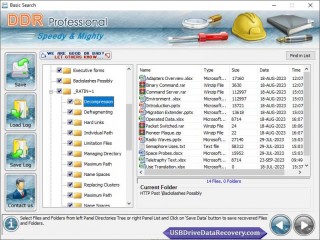The pros and cons of rapid testing for COVID-19 Private
1 year ago - Multimedia - Warangal - 109 viewsMany have been complaining that the standard PCR test to detect the new coronavirus is too slow when it comes to results. In a lot of critical cases, the results come too late, meaning the patient had already died of COVID-19 complications.
There is a quicker alternative to the standard PCR test: it’s called “rapid antibody testing” and a lot of people, including government agencies are using them to help spot more potential cases. However, we must take note that these rapid test kits do not actually detect if a person has the COVID-19 virus or not. Only the PCR test can detect the virus.
The rapid antibody test requires a blood sample. Instead of detecting the presence of the actual virus, the rapid test can only detect the presence of antibodies specific to the virus.
What does the presence of these antibodies mean? It’s a sign that the person a) is currently infected; or b) the person was previously infected and has now recovered. The processing time for this test will only take approximately 15 to 45 minutes.
Unlike the rapid antibody tests, PCR tests use actual swabs from patients taken from the nose or throat. This test takes longer before results are released; from 24 hours or up to 3 days for the results to be released.
It’s been proposed that this rapid testing be done on workers and employees returning to work once the lockdowns are relaxed. Among the advantages of rapid testing is cost, as it is much cheaper to use, and the speed of results. But there’s a trade-off involved.
Testing limitations
Many medical experts don’t recommend the antibody testing kits because of their “high level of inaccuracies, particularly the high prevalence of “false positives.” The World Health Organization does not recommend using rapid diagnostic tests to confirm COVID-19 cases.
Despite these worries, many countrys decided to use rapid test kits in conjunction with PCR-based test kits. While rapid tests aren’t reliable enough for diagnostic purposes, they can be useful in screening those who are possibly vulnerable to the disease.
For now, only the following persons can be tested using the rapid testing kits:
Asymptomatic healthcare workers but have “unprotected exposure”
A person who shows symptoms and had close contact of a known or suspected case
Asymptomatic person who had close contact of a COVID-19 patient
People returning from another country whether symptomatic or asymptomatic
Asymptomatic people but are residing in areas with suspected community-based COVID-19 transmission
Now, as we slowly adapt to the “new normal,” we can only rely on our available resources and continue to follow preventive measures.
What Are The Benefits Of Using Vacuum Blood Collection Tubes
Most of the medical devices you see in labs are used for clinical purposes. For instance, doctors and nurses use tubes to collect blood samples of patients, to run tests on them. The use of disposable vacuum blood collection tubes and transport tubes in hospitals has significantly increased over the years because they ensure the health and safety of everyone. Using these blood collection tubes, doctors and nurses maintain a good quality of hygiene and this is why they are mostly preferred. Ever wondered what are the benefits of these popular vacuum blood collection tubes? We have compiled some prominent perks of these tubes here:


















